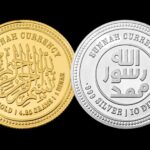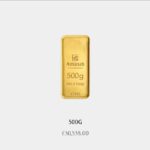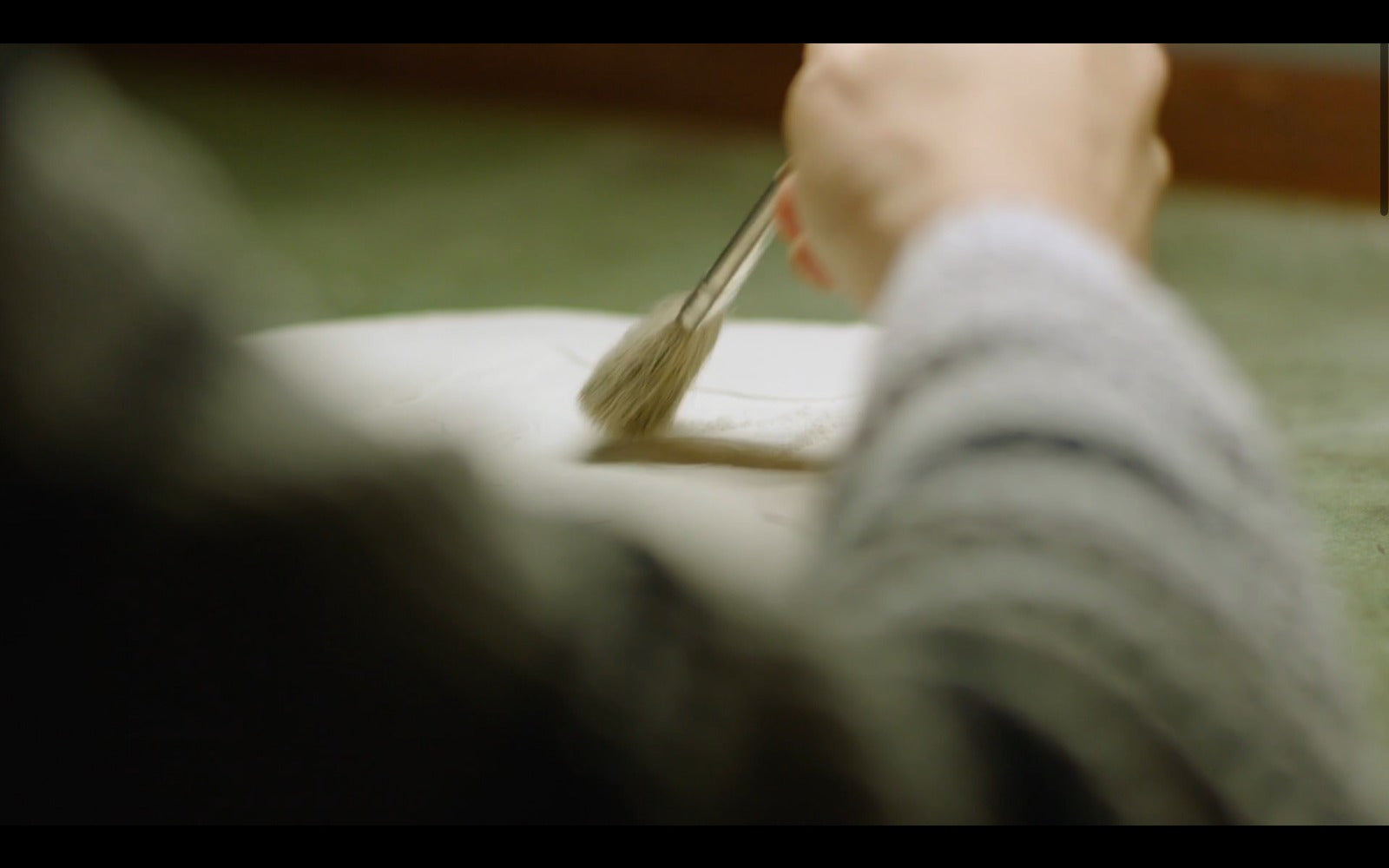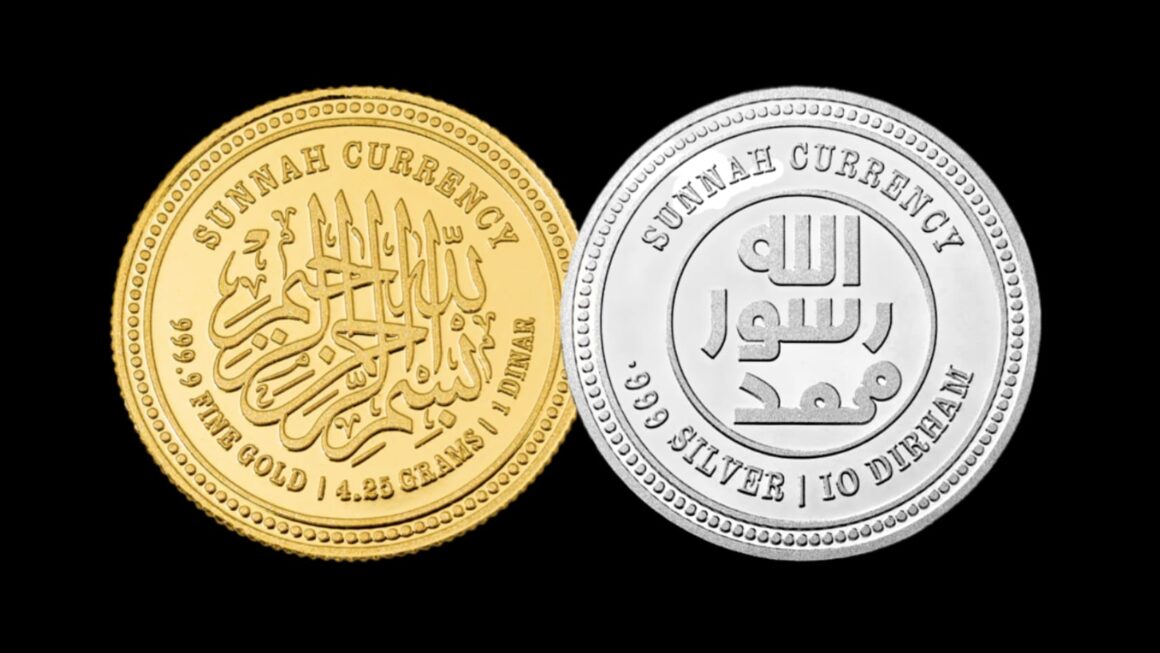
First impressions count. Sometimes we are contacted by customers who have noticed marks or spots on Gold dinar and Silver dirham products and are concerned that the product may be inferior or even worse, not genuine. We trust that the following brief explanations of common marks and spots seen on Gold and Silver products will be reassuring:
Gold Dinar – Red Spot
The common mark seen on fine Gold products, bars and coins, is a very small red or reddish-brown spot. Such marks can vary from sharply defined micro-dot size to soft-edged pinhead size. Traditionally, these red spots have been explained as tiny specs of Copper (part of the 0.0001 of the item in 0.9999 purity Gold) that are exposed at the surface of the item and react with air. A further explanation would be the presence of a spec on the blank, or the minting equipment, that is bonded to the item during minting. Very recent research in China suggests that the spots can also result from small spots of Silver, almost always found in Gold, reacting with Sulphur in the atmosphere.
Whatever the cause of red spots, they are found on many bars and coins and are not restricted to products from certain mints or refiners. The red spots do not affect the value of bullion products as they have no impact whatsoever on the Gold content of an item.
About Treatment
If red spots are considered to be particularly troublesome by an owner then they can easily be removed by the judicious use of jewellery cleaner but care must be taken not to abrade the soft surface of a fine Gold item, thereby replacing a red spot with a patchwork of fine scratches. A little research via Google will reveal alternative methods involving the use of acids but as we have never resorted to such methods we would not recommend them.
In common with most experienced investors and even collectors of fine Gold bullion bars or coins our opinion is that red spots are part of the unique beauty of an item and as such they may be ignored.
Silver Dirham dots – Milky Spots
A mark that is best described as resembling dried milk can sometimes be seen on Silver bullion bars and coins. The marks can vary in size and can be difficult to remove but do not affect the value or fine Silver content of bullion products.
Milky spots can be found on occasion on coins or bars newly delivered directly from many mints and refiners. These coins have never been handled and the milky spots are the result of chemicals or procedures used within the minting and annealing process.
Milky spots can also develop, on coins in particular, if they are not handled correctly and moisture or oils are deposited on the coin from hands or fingers.
About treatment
Removal of milky spots from Silver can be difficult. Some proprietary Silver cleaners and dips will be effective but extreme care should be taken when bringing any fabric into contact with a smooth fine Silver surface as it is very easy to replace a milky spot with a series of scratch marks. You can try using chemicals and common tutorials online.
Marks from hands or fingers can be carefully wiped away or treated with a specialist dip but the likelihood of scratching a coin whilst removing the more stubborn milky spots generated in the minting process probably means that mint-based marks are best accepted as part of the item’s character.
As the presence of milky spots on Silver bullion products has no adverse effect on value. The majority of experienced investors and collectors of bullion Silver accept milky spots whilst minimising the appearance of additional marks by using safe handling procedures.
Unlike Gold, Silver is liable to tarnish when exposed to the air and/or moisture. Sterling Silver, which is an alloy of 925 parts silver to 75 parts base metal, usually copper, is particularly prone to tarnish. Sulphur in the atmosphere reacts with the copper to produce a layer of copper sulphide which changes colour from yellow, through red to black as it develops. Purer, 999 investment silver, though less susceptible than Sterling, can also produce silver sulphide when stored in less than ideal conditions. Such tarnish can be removed with proprietary products developed specifically for the purpose but great care must be taken not to scratch mirror surfaces of minted products.
In general, old coins should not be cleaned. While you might think that getting all the years of dirt and grime off a coin would make it more valuable, the opposite is actually true! By cleaning a coin, you may actually damage it and decrease its value. At worst, you could permanently damage the coin. Sunnah Currency does not except liability on silver marks nor gold red spots on our dirham and dinar mints. Nor does any other seller in the market.













